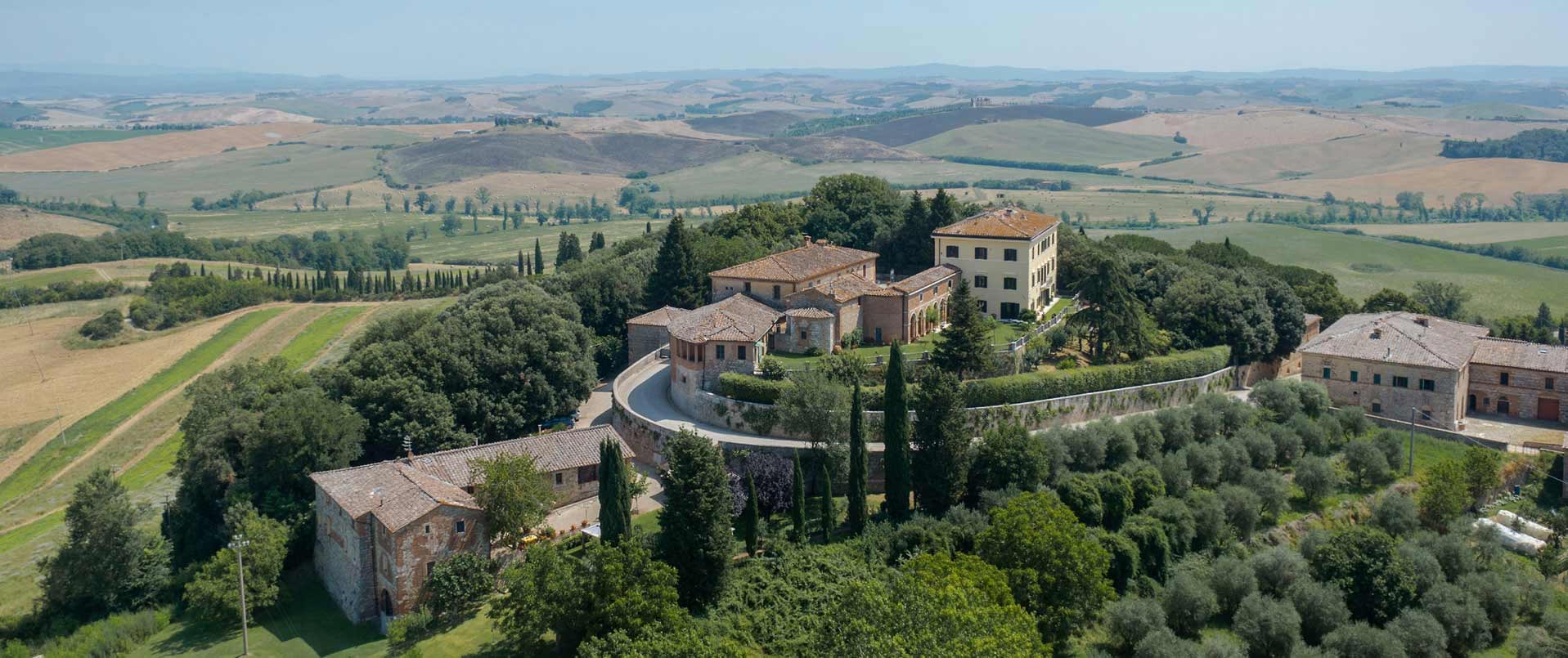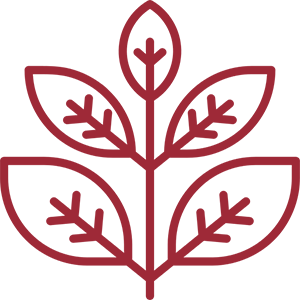
CIN Code: 000
The Palazzo Cenci Bolognetti is today the culmination of numerous transformations of an architectural complex that traces its origins back to the 12th century. The first record of what was the Orsini Castle dates back to 1260; the Orsini family was one of the oldest noble families in Rome, renowned for its power, wealth, and connections to several royal families across Europe, as well as for having given the Church popes and cardinals.
After accumulating debts, in 1692 the Orsini family was forced to sell the Vicovaro estate, which was purchased, along with the title of prince, by Count Paolo Bolognetti, from a noble family of Bologna. In the years that followed, the Bolognetti family transformed the medieval castle into a residence designed by architect Sebastiano Cipriani (Siena, circa 1660 – Rome, 1738), a pupil of Carlo Rainaldi, also making it the center of the agricultural administration of the estate.
What remains today of the fortress are the polygonal walls with four mighty semicircular bastions built of stone, the volumes constructed towards the Aniene River, and the access cordon with the majestic Gothic portal, the original entrance to the Orsini castle.
The Bolognetti family is credited with the transformation from fortress to country palace, including the redesign of the entrance facade and the construction of the connecting body with the new church of San Pietro. This building housed the stables on the ground floor, while on the first floor is the large “Salone dei Coretti,” decorated in tempera and depicting family possessions. This long hall served as a link between the noble floor’s loggia and the church’s choir, from which the Bolognetti family attended religious services.
This project was the work of architect Girolamo Theodoli (Rome, 1677–1766), the uncle of Marianna, daughter of Prince Ferdinando Bolognetti and Flavia Theodoli.
The volumes of the ancient fortress and the base of what was supposed to be another mighty defensive structure were transformed into a terraced garden and an orangery, where, among rose gardens and centuries-old trees, a decorative staircase can be found, ideal for outdoor performances.
In 1723, Virginio Cenci, heir to the ancient and wealthy Roman family, married Marianna Bolognetti. In the absence of male heirs, their son Girolamo added Bolognetti to his surname, inheriting the title of Prince of Vicovaro and the family’s estates. This marked the birth of the Cenci Bolognetti family, whose descendants are still the owners of the complex today.
The Palazzo Cenci Bolognetti thus became a summer residence and a favored gathering place for Roman nobility and many intellectuals of the time. Concerts, theatrical performances, and sumptuous banquets were held there.
Today, thanks to the ongoing care and restoration efforts by the family, the castle is open to the public and offers unforgettable experiences to lucky couples and their guests every day.
On the floor of the reception halls, in the gallery overlooking the inner courtyard, there is the famous plaque discovered in 1757. Its inscription helped identify the site of Horace’s villa.
Under the ramparts of Vicovaro, on December 3, 1533, Clement VII’s general, Ludovico Gonzaga da Bozzolo, known as Rodomonte, died while besieging the castle to punish the rebellious Napoleone di Giordano Orsini, the commendatory abbot of Farfa and lord of the area, who had taken refuge there. (Depicted in the 1564 print of Vicovaro). Vespasiano Gonzaga, commander of the Imperial forces and son of Ludovico, captured the castle on October 1, 1556, during the war between Pope Paul IV Carafa and Philip II. However, the papal forces recaptured it on February 14, 1557, after a continuous five-day assault. As recorded by Moroni: “…the attackers entered the castle with such fury that between the Germans and Spaniards, they cut four hundred people to pieces…”
In August 1422, Martin V Colonna, after settling the Western Schism, came to Vicovaro, where he stayed for about ten days to meet Alfonso of Aragon, King of Naples.
On July 13, 1494, in Vicovaro, two great rulers—Pope Alexander VI and Alfonso II, King of Naples—met to unite against the impending descent of Charles VIII of Anjou, hosted by Virginio Orsini.
 Accommodation
Accommodation
 Film sets
Film sets
 Gardens
Gardens
 Pet Friendly
Pet Friendly
 Private events
Private events
 Visits
Visits
 Weddings
Weddings
 Cultural tourism
Cultural tourism  Cyclotourism
Cyclotourism  Excursions
Excursions  Hiking
Hiking  Nature
Nature